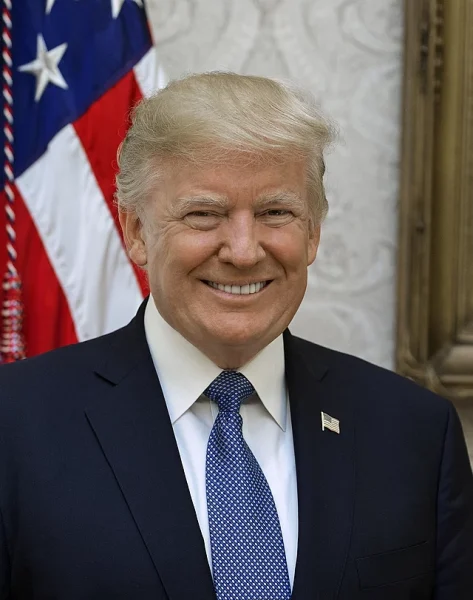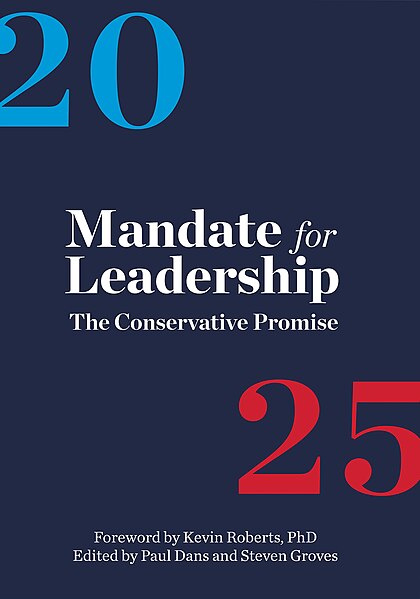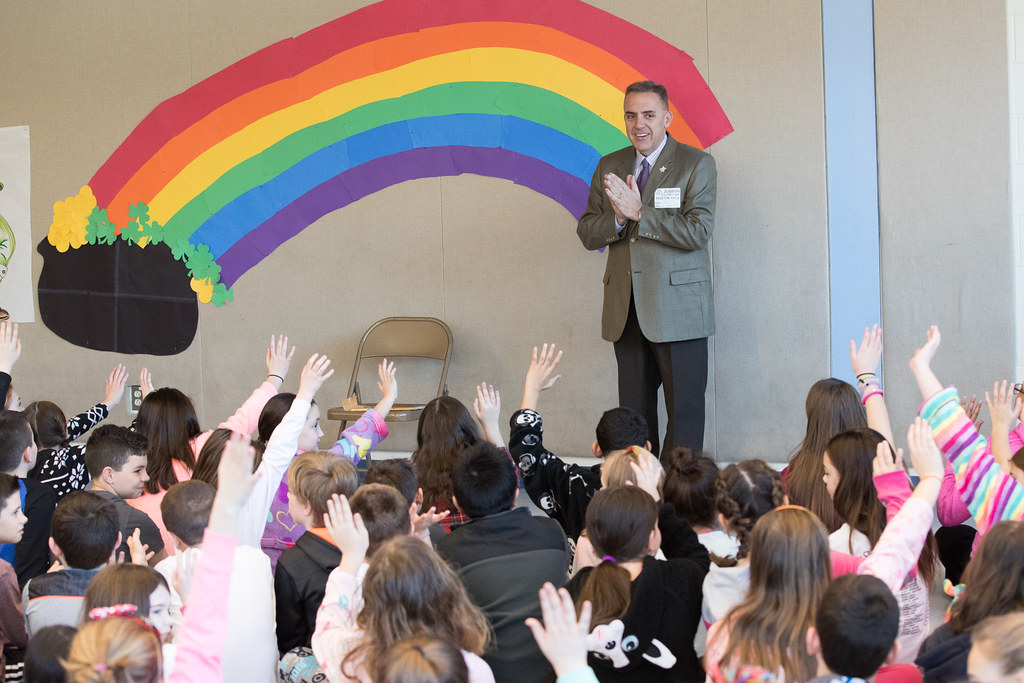With the election ending, many people are becoming concerned about the document “Project 2025” which has started trending after former president Donald J. Trump’s reelection into office. But what exactly is Project 2025?
Project 2025 is a 900-page conservative blueprint that seeks to radically transform the U.S. government, more particularly if a Republican president takes office after the 2024 election. It’s essentially a roadmap of how the next Republican administration would govern and reshape the federal agencies, policies, and cultural norms of the United States.
This documented plan goes far beyond the traditional political platforms as it’s a comprehensive and detailed strategy for how Republicans will remake the entire system of government, thus shifting it to a more conservative direction.
Donald Trump has repeatedly disavowed Project 2025, after facing backlash over some of its more radical ideas. But several of the former officials from the last Trump administration, including many who might now be called to serve in the next one, contributed to the proposals.

The Origins and Purpose of Project 2025
Project 2025 first started on the belief that the American government had become too large, too bureaucratic, and too liberal over the years. This project’s primary architects are conservative think tanks, policymakers, and Republican leaders who want to undo what they see as an overreach of the federal government, wanting to reassert conservative values.
The ultimate goal of this project is to create a government that is more efficient, more accountable, and better aligned with traditional American values. Project 2025 aims for a “reboot” of the government in a way that will benefit conservatives and diminish the influence of liberals, bureaucrats, and other so-called “deep state” officials.
Kayleen Benites Flores, a senior at Eleanor Roosevelt High School, comments on how “Overall project 2025 feels like a looming disaster that we seemingly know nothing about and yet fear for our rights as citizens. Not knowing the extent of its possible impact on our future.”
The Key Areas of Focus in Project 2025
Project 2025 plans are vast and cover many areas of government and society. The main subjects in this 900-page document can summarized into categories such as reforming federal agencies, increasing executive power, cutting government spending, judicial and legal reforms, tightening immigration and border security, and cultural conservatism.
One of the primary goals of Project 2025 is to reduce the size and power of federal agencies such as the Environmental Protection Agency (EPA), the Department of Education, and the Department of Labor. Republicans claimed that these federal agencies have grown too large and too powerful and that these agencies are making rules and regulations that interfere with personal freedoms and business growth.
Rachel Cong, a senior at Eleanor Roosevelt High School, says “I’m aware that many deny the actions or plans related to Project 2025. Some of which, people are concerned that it will remove FASFA or educational financing-related programs. I don’t know much about it, and I don’t have plans to truly understand what is going on. I know that many however are worried and many are hopeful it will go into effect”
The Republicans created Project 2025 which aimed to advocate significant cuts in government spending and a reduction in the authority of these agencies to create and enforce regulations without proper oversight. This plan has a more aggressive approach to dismantling what conservatives see as an overbeating “administrative state.”
Project 2025 proposes methods that limit the regulatory power of these federal agencies to make it harder for them to impose new rules. Republicans support the idea that the government should not be able to dictate the day-to-day lives of citizens and businesses and the idea of agencies not being able to push through policies that go beyond the intentions of Congress.
One of the more controversial elements of Project 2025 is the emphasis it places on empowering the presidency. This plan seeks to give the president more control over how government agencies operate and how laws are enforced, thus bypassing some of the constraints traditionally placed on executive authority.
This more controversial part of Project 2025, empowering the president to make executive orders that could override certain agency regulations or enact policies without congressional approval, has many citizens of the United States question why they added this part to the Project 2025 plan.

Even during the campaigns for the presidential election between Kamala Harris and Donald Trump, both Biden and Harris brought up Project 2025 consistently and warned citizens of the possible dangers that may be included with this plan.
Project 2025 seeks to create a government that serves conservative interests, limits bureaucratic influence, and increases presidential power. Supporters believe this approach will lead to a more efficient, responsive government, while critics warn it could weaken democratic norms, limit individual freedoms, and harm vulnerable populations.
This plan also aims to reduce federal spending, particularly on social welfare programs like Medicaid, Social Security, and food assistance. They want to reduce these federal spending because Conservatives believe that these programs encourage dependency on the government which suggests to them that stricter budget controls could lead to making the government more efficient.
By cutting the entitlements, Project 2025 hopes to reduce the government size, lowering federal debt, and promote a healthier economy driven by the private sector.
Project 2025 also seeks to reshape the U.S. judiciary by appointing more conservative judges to federal courts, especially in the Supreme Court. It promotes originalism, interpreting the Constitution as written, and judicial restraint, avoiding activism, aiming to counter liberal judicial overreach and ensure that the judiciary reflects conservative values.
Along with reshaping the U.S. judiciary, Project 2025 calls for stricter measures for border security, including expanding the border wall, increasing surveillance, and ramping up deportations. This plan also advocates for reducing legal immigration through stricter vetting and limiting the number of refugees in their goal of prioritizing immigrants who can contribute to the U.S. economy and maintain national security.
Their plans of limiting immigrants play into this next idea of addressing cultural and social issues by promoting traditional American values around family, religion, and gender. Project 2025 supports policies that challenge progressive views on LGBTQ+ rights, gender identity, and abortion. This plan wants to support education reforms that reflect conservative viewpoints and aims to protect religious institutions from perceived liberal influences.
Ultimately, Project 2025 is a comprehensive conservative plan to reshape the U.S. government institutions, policies, and culture. While it promises efficiency and a return to conservative values, it raises concerns about the concentration of executive power, the future of democratic checks and balances, and its impact on the civil liberties of the citizens of the United States.







